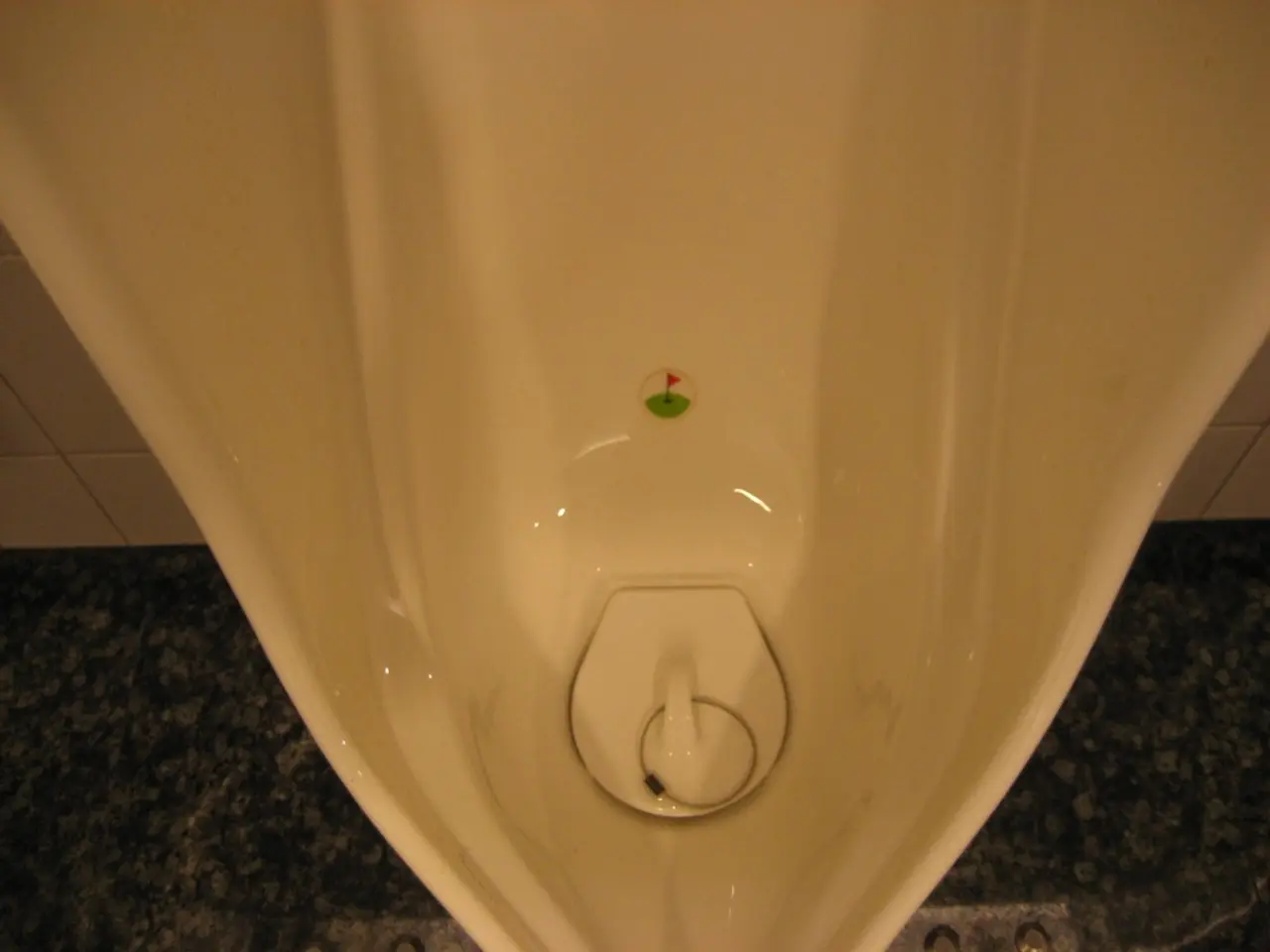Salt Levels in Soil: A Blessing or a Threat to Plants?
In the quest to maintain healthy plants and maximise crop yields, addressing the issue of soil salinity is crucial. A combination of strategies can be employed to manage soil salinity, ensuring a thriving ecosystem and productive fields.
One key approach involves proper irrigation management. Techniques such as drip irrigation or water-saving systems can minimise salt accumulation by controlling water application precisely. By doing so, excess salts are leached deeper into the soil profile, away from plant roots, reducing the risk of salt-induced stress [2][5].
Another strategy is the use of soil amendments. Organic matter like biochar or humic substances can improve soil structure and help mitigate salt stress. Combined with amendments such as flue gas desulfurization gypsum, these substances have been shown to alleviate salinity effects by modifying soil chemistry and enhancing soil health [3][4].
Crop rotation and the cultivation of salt-tolerant species are also essential components of a salinity management plan. Rotating crops breaks the cycle of salt buildup and enhances overall soil conditions. Planting salt-tolerant species helps maintain productivity under saline conditions and reduces crop losses [2].
Optimised fertilization plays a role in managing soil salinity as well. Excessive nitrogen fertilizer application can exacerbate salinity. By using isotopic and nuclear techniques to optimise nutrient use efficiency, fertiliser application can support plant growth without increasing salt stress [1].
Real-time monitoring and smart technologies, such as Soilwiz, can also help manage soil salinity. These tools use sensors to monitor soil water salinity and plant water consumption, enabling farmers to make informed decisions on irrigation and fertilization, thereby preventing excessive salt buildup and promoting sustainable yields [5].
Soil salinity can cause nutritional disorders in plants, particularly of potassium, calcium, phosphorus, iron, and zinc. It can also lead to the accumulation of toxic ions, such as sodium, chlorine, and boron, which have specific toxic effects on plants. Plants have developed mechanisms to cope with these effects, including the biosynthesis of osmoprotectants and the regulation of ion homeostasis [6].
Salinity can affect photosynthesis by reducing leaf area, chlorophyll content, and stomatal conductance. It can cause wilting, stunted growth, and leaf yellowing, mottling, browning, and drop-off. Salt stress can also cause ion toxicity, which disrupts the nutrient balance in plants and interferes with the uptake of essential nutrients [7].
The effects of soil salinity on plants vary depending on factors such as soil type, drainage, and the frequency and timing of irrigation. Most crop plants are salt-sensitive, and their yields can be significantly reduced by soil salinity. To mitigate the negative impacts of soil salinity on crop productivity and quality, various strategies can be employed, including using salt-tolerant plant varieties, improving irrigation practices, and adopting efficient water and soil management techniques [8].
It is important to note that plants are generally more susceptible to salinity damage during germination and at the seedling stage. Soil salinity can cause oxidative stress and cell death in plants, leading to further complications. However, biological methods, such as the use of microorganisms and plant growth-promoting bacteria, can help alleviate salinity stress in plants [9].
By implementing these strategies, farmers and researchers can effectively manage soil salinity, ensuring healthier plants, increased crop yields, and a more sustainable agricultural future.
Science and health-and-wellness of plants can significantly benefit from therapies-and-treatments aimed at managing soil salinity. Techniques like optimized fertilization and smart technology monitoring can help reduce salt-induced stress, improve soil health, and promote sustainable yields.




